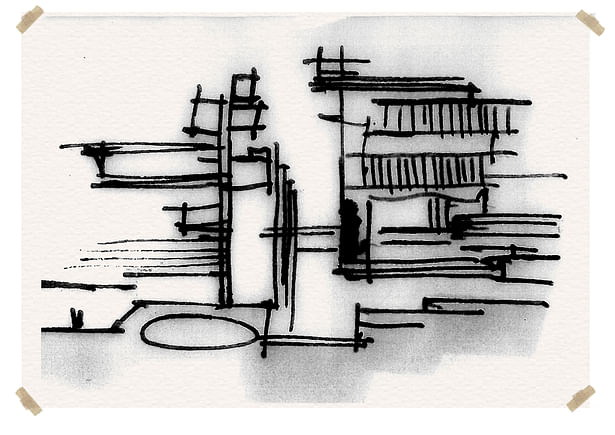

'Whatever space and time mean,
place and occasion mean more,
since space in the image of man is place
and time in the image of man is occasion.' (Aldo Van Eyck)
This project set out to create an intervention in 1960's Takapuna. It set out a thought experiment, if a situated modernist design had been implemented, what would Takapuna look like now? Would it have reduced present day problems of sprawl, traffic congestion, lack of community and poor utilisation of natural features and public space?
My thesis drew upon the theories of situated modernists, particularly of Aldo van Eyck. Team 10 were also an important influence. These architectural thinkers argued for the importance of context and holistic thinking.
Geddes and van Eyck argued that maintaining connections to history and tradition are important in architecture. In keeping with this, efforts were made for my alternative Takapuna to retain and integrate its history far more than present day Takapuna does. The Lake House and Mon Desir would still exist in my alternative world, being retained as important ‘identifying devices’ to give depth and ‘place’ to Takapuna. In my design heritage buildings are exposed and connected via a walkway.
Natural features also serve as identifying devices. Takapuna is especially blessed with an abundance of water resources, and my design connects the three surrounding bodies of water through the use of walkways, as well as careful use of viewpoints and perspectives. The beach is extended, and embedded into its contours are places to socialise and relax. The curvature of the beach is exploited for a promenade and a corniche to improve access to the beach.
Differing scales of association was used to foster community.
Status: School Project
Location: Auckland, New Zealand
